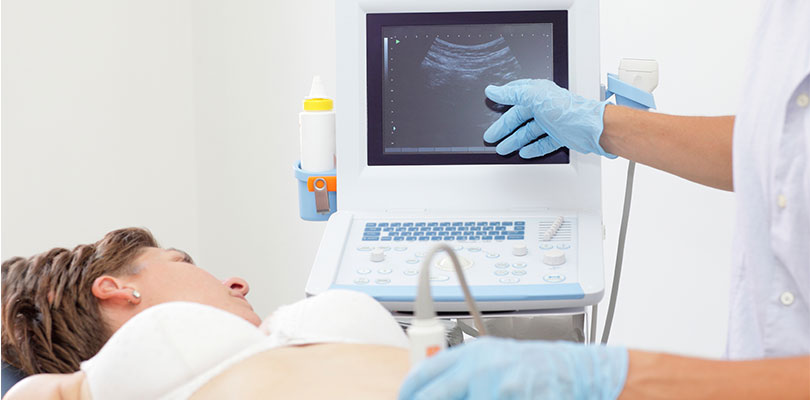The Truth Behind Cervical Cancer Risk, Prevention and Diagnosis
Compared to other female cancers, cervical cancer is relatively easy to spot early on; with the recently introduced vaccines, it seems this disease should be almost obsolete. Unfortunately, this isn’t the case — nearly 13,000 women will be diagnosed with invasive cervical cancer in America this year, and over 4,000 will die from the disease.
However, there is a bright side. Cervical cancer is one of the most preventable cancers, and as long as you commit to good preventative measures and smart lifestyle changes, you can significantly reduce your lifetime risk of contracting the disease.
Pap Testing Is the Best Preventative Measure You Can Take
Eating well, quitting smoking, and using a form of birth control other than the pill will all help lower your risk of cervical cancer, but no lifestyle change can replace the Pap test. Cervical cancer diagnosis and prognosis have improved significantly since Pap tests became a regular part of routine medical exams.
Early cervical cancer symptoms are rare, so don’t count on body changes to alert you to the problem. Continue to have regular Pap smears (every two to three years for most women), and visit your doctor for an examination in between appointments if any new discomforts or physical changes arise, like abnormal bleeding, change in cervical mucus, or pelvic pain during intercourse.
Resources
Foundation for Women’s Cancer (Cervical Cancer)American Cancer Society (What are the key statistics about cervical cancer?)MedicineNet (Cervical Cancer Facts)Screening for Life (Cervical Cancer Myths and Facts)Mayo Clinic (Cervical Cancer Risk Factors)Do you know what causes cancer? It generally arises due to a combination of factors; it is impacted by family history, environmental factors and lifestyle.







